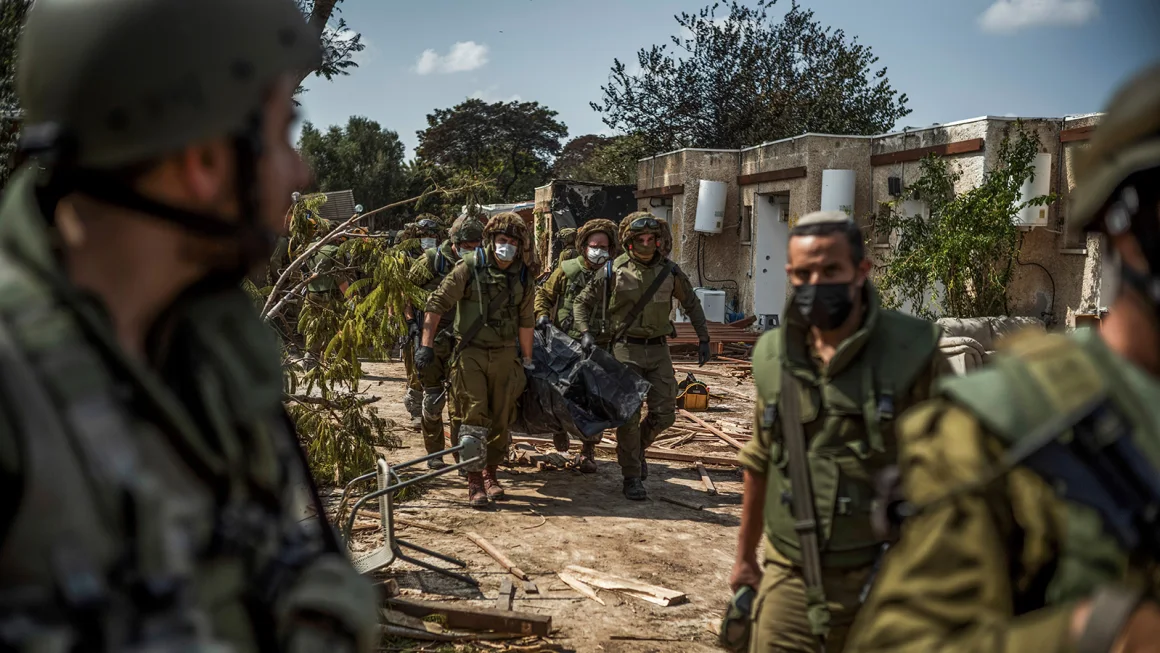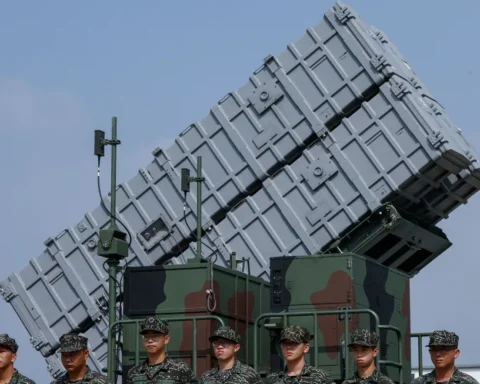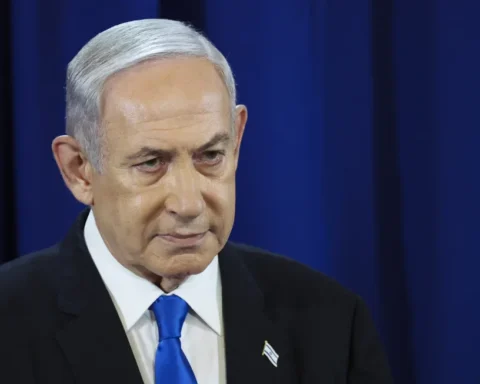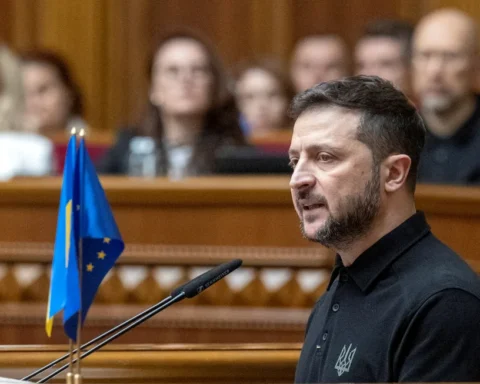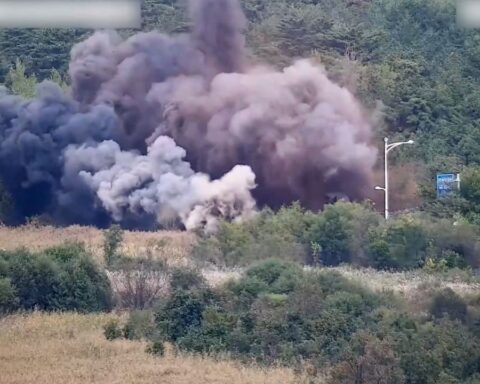The Impact of October 7 on Israel and Beyond
A year has passed since the devastating October 7 attacks by Hamas, which claimed the lives of more than 1,200 people and led to the kidnapping of over 250 others. The aftermath has reshaped the political and diplomatic landscape of the Middle East, creating upheaval on a scale that rivals the Arab-Israeli conflict of the past. “Life in Israel before the attacks is almost impossible to remember,” noted Major General Itai Veruv of the Israel Defense Forces, reflecting on the profound changes to the region.
The aftershocks of this tragedy extend far beyond Israel’s borders, altering the relationships between Israel, its allies, and adversaries, with no clear resolution in sight.
A Lost Moment for Peace
Before the Hamas attacks, the Middle East seemed poised for a historic moment of diplomatic change. Under the influence of U.S. incentives, Saudi Arabia and Israel were on the verge of normalizing relations—a breakthrough many believed would bring peace and economic integration to the region. However, the hopes of peace disintegrated on the morning of October 7 when Hamas breached Gaza’s border, bringing terror and bloodshed.
Whether Hamas leader Yahya Sinwar intended to derail the normalization process is debated, but his short-term goal succeeded. Veruv grimly recalled, “The smell of rotting human flesh was everywhere as we entered Kfar Aza.” The horror of that day shattered Israel’s sense of security.
Israel’s Strategic Shift and Regional Fallout
The immediate response to the attacks saw Israel sealing the Gaza border and launching military operations to neutralize remaining Hamas cells. This marked the beginning of a new phase in Israel’s military strategy, which has been termed “escalation for de-escalation.” However, as the anniversary of the attacks approaches, neither de-escalation nor a clear long-term plan from Prime Minister Benjamin Netanyahu is apparent.
The ongoing conflict has not only strained Israel’s relationship with its most important ally, the United States but also caused tension with European nations. Gaza authorities report that nearly 42,000 Palestinians have been killed in the conflict, many by U.S.-supplied bombs used by Israeli forces. The killings and arrests of Palestinians, including U.S. citizens, in the occupied West Bank have led some European allies to reconsider their arms supplies to Israel.
Meanwhile, Hezbollah, Iran’s proxy in Lebanon, has been targeted by Israeli airstrikes, resulting in the assassination of several top commanders. Iran’s influence remains a central factor in the conflict, with Tehran supplying arms and support to Palestinian terror groups. As one observer noted, “Iran uses pro-Palestinian messaging to enflame passions on the ‘Arab street,’ but its true agenda is regional dominance.”
The Escalation of Conflict on Multiple Fronts
Iran’s support for Hamas has been evident over the past year, with Tehran funneling weapons and military expertise to the group. The conflict has spread beyond Israel’s borders, with Iran-backed militias in Yemen and Iraq launching missile and drone attacks on Tel Aviv. Even Saudi Arabia, once seen as a potential ally in normalizing relations with Israel, is now calling for an irreversible path to a Palestinian state—a demand Netanyahu’s government is unwilling to accept.
This multi-fronted war has reshaped daily life in Israel. Rocket sirens are now a part of the daily routine, and families across the country live in constant fear for the safety of their loved ones on the front lines.
The Future of Diplomacy and the Role of Regional Powers
As the violence continues, questions arise about the future of diplomacy in the Middle East. Saudi Arabia, which was once close to formalizing relations with Israel, now demands deeper concessions, including a commitment to a Palestinian state. Anwar Gargash, a veteran UAE diplomat, echoed this sentiment, stating, “The era of militia with sectarian and regional dimensions has cost the Arabs dearly.”
The road to peace remains unclear, and without significant diplomatic breakthroughs, uncertainty is the only certainty in the region’s future. For now, as tensions remain high and violence escalates, the region’s political landscape has been irreversibly altered.
One year after the Hamas attacks of October 7, the Middle East is facing its greatest crisis in decades. The conflict has shifted regional alliances, tested the limits of diplomacy, and left both Israelis and Palestinians in a state of uncertainty. As the world watches and waits for a resolution, the path to peace seems more elusive than ever


